2,000km network to provide foundation for secure quantum key distribution.
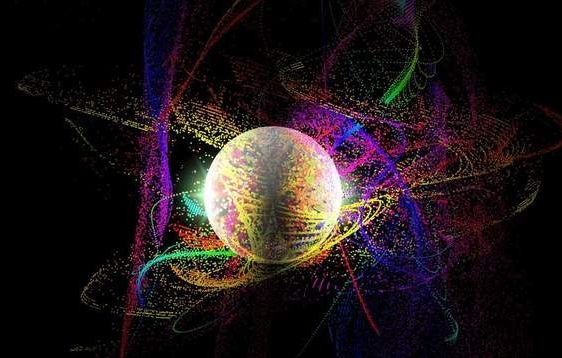

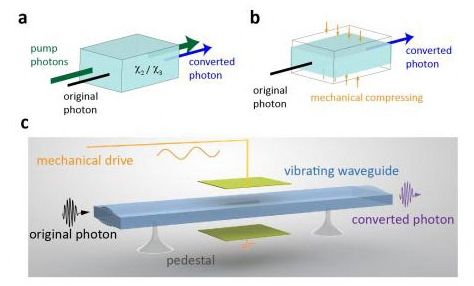
Engineers from Yale University have developed a new technique to control the frequency of single photons.
The ability to control the frequency of single photons is crucial to realize the potential of quantum communications and quantum computing. The current methods for changing photon frequency, however, bring with them significant drawbacks.
Researchers in the lab of Hong Tang, the Llewellyn West Jones, Jr. Professor of Electrical Engineering & Physics, have developed a technique that avoids these obstacles. The results of their work are published today in Nature Photonics. Linran Fan, a Ph.D. student in Tang’s lab, is the lead author.
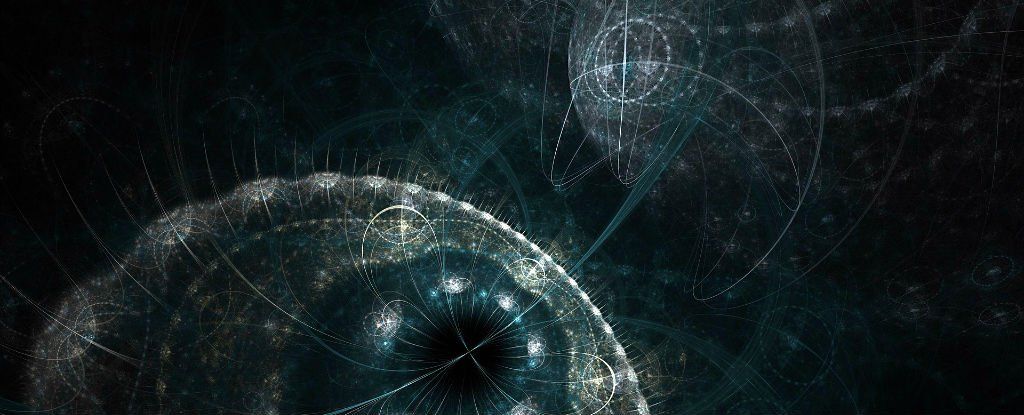
The laws of thermodynamics are some of the most important principles in modern physics, because they define how three fundamental physical quantities — temperature, energy, and entropy — behave under various circumstances.
But now physicists say they’ve found a loophole in one of these laws, and it could create scenarios in which entropy — or disorder — actually decreases with time.
Thanks to modern physics, almost everything in the Universe can be explained according to two theories: general relativity for the big stuff like stars, galaxies, and the Universe itself; and quantum mechanics, for behaviours on the atomic scale.
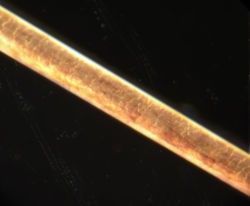
Researchers at the Indian Institute of Science Education and Research (IISER) in Kolkata, India, have for the first time implemented a bio-waste-derived electrode as cathode in a quantum-dot-sensitized solar cell.
“The materials to be used as cathode in quantum dot solar cells need to be highly catalytic and electrically conducting to facilitate the electron transfer processes,” explains Professor Sayan Bhattacharyya from the Department of Chemical Sciences at IISER. He adds that the lamellar structure of human hair is likely responsible for the graphene-like sheets in the transformed graphitic porous carbon. “Secondly,” he continues, “since hair contains keratin and other amino acids, carbonizing the acid-digested hair under inert conditions likely retains the nitrogen and sulphur hetero-atoms, which are useful to enhance the catalytic propensity of the produced carbon.”
As the professor explains, the idea behind this research project was to use a bio-waste resource like hair in future energy technologies to achieve a win-win situation — i.e., “A smart way to address environmental concerns and also to produce cheaper devices.”

New method for creating smaller switches for QC identified and making smaller and more efficient QC systems possible.
Edmonton nanotechnology researchers working with atom-sized materials have made a breakthrough that could lead to smaller, ultraefficient computers.
The team, led by Robert Wolkow, together with collaborators at the Max Planck Institute in Hamburg, have developed a way to create atomic switches for electricity nearly 100 times smaller than the smallest switches, or transistors, on the market today. Their findings appeared in the Oct. 26 edition of the scientific publication Nature Communications.
“What we’re showing in this new paper is one part in a bigger scheme … that allows us to make ultralow power consuming electronic devices,” said Wolkow, a physics professor at the University of Alberta and the principal research officer at Edmonton’s National Institute for Nanotechnology. He’s also chief technology officer at spinoff company Quantum Silicon Inc.
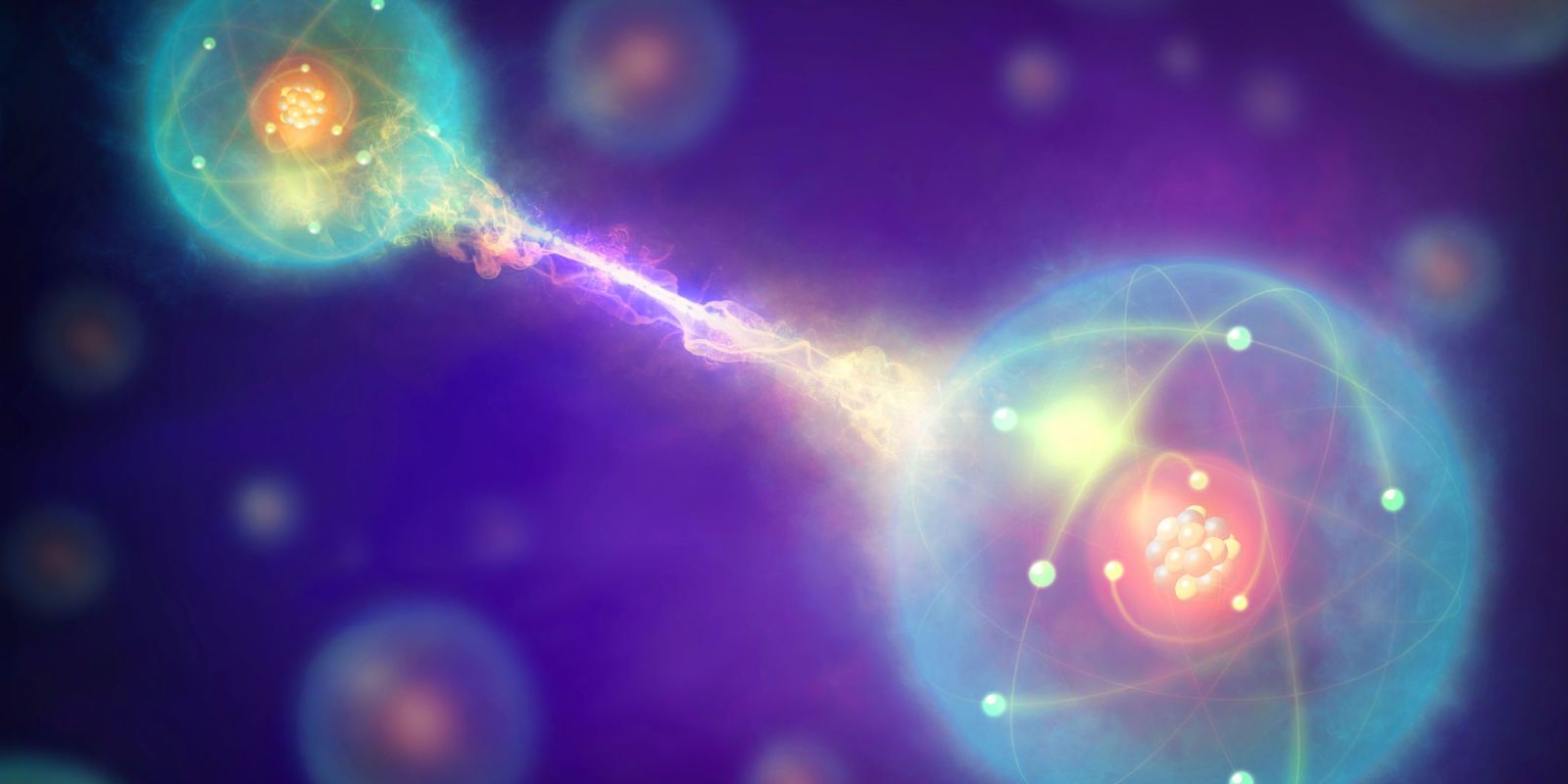
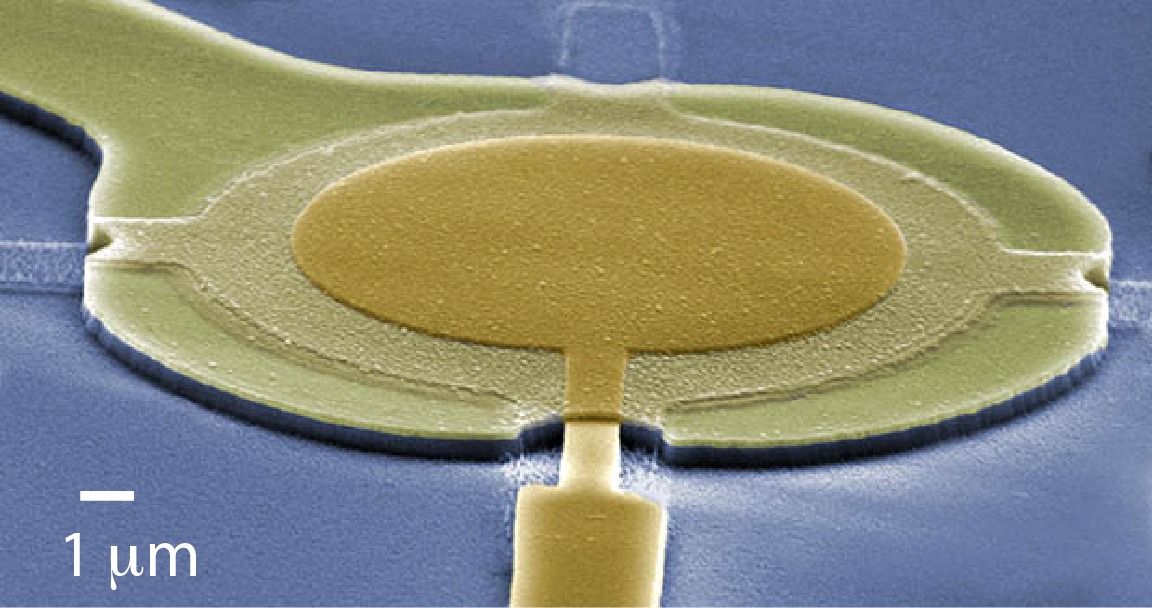
Extremely accurate measurements of microwave signals can potentially be used for data encryption based on quantum cryptography and other purposes.
Researchers at Aalto University and the University of Jyväskylä have developed a new method of measuring microwave signals extremely accurately. This method can be used for processing quantum information, for example, by efficiently transforming signals from microwave circuits to the optical regime.
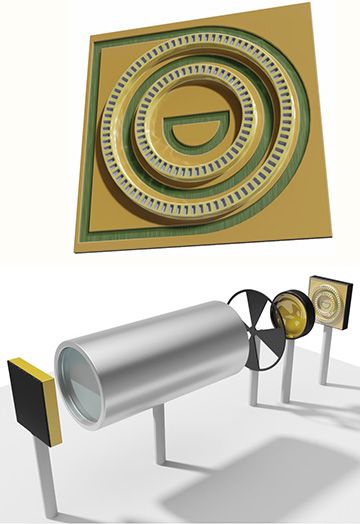
In the TU Wien design, quantum cascade heterostructures are arrayed within concentric ring-shaped waveguides (top; diameter of outer ring is 400 microns), and can act as both sources and detectors of light on the same chip. In the specific setup tested by the lab (bottom), one of the ring structures (on the right), acting in QCL mode, sends its light through a chamber containing the gas to be analyzed. The beam is reflected by a mirror (on the left) and sent back through the chamber, to be picked up by the other ring structure, acting in detector mode. [Image: TU Wien]
Quantum cascade lasers (QCL) excel as mid-infrared light sources, a characteristic that has made them a linchpin in many environmental and industrial gas-sensing applications. But though QCLs themselves can be quite small, actually setting up a sensor system requires other elements beyond the laser, which can make it tough to design compact devices ready for field use.
A team of scientists from the Vienna University of Technology (TU Wien), Austria, now offers a concept that the group believes could make designing handheld QCL-based sensors a lot easier. The key: a clever scheme that combines the laser and the detector on a single chip less than half a millimeter across (ACS Photon., doi: 10.1021/acsphotonics.6b00603).

I have often talked about the Many-Worlds or Everett approach to quantum mechanics — here’s an explanatory video, an excerpt from From Eternity to Here, and slides from a talk. But I don’t think I’ve ever explained as persuasively as possible why I think it’s the right approach. So that’s what I’m going to try to do here. Although to be honest right off the bat, I’m actually going to tackle a slightly easier problem: explaining why the many-worlds approach is not completely insane, and indeed quite natural. The harder part is explaining why it actually works, which I’ll get to in another post.
Any discussion of Everettian quantum mechanics (“EQM”) comes with the baggage of pre-conceived notions. People have heard of it before, and have instinctive reactions to it, in a way that they don’t have to (for example) effective field theory. Hell, there is even an app, universe splitter, that lets you create new universes from your iPhone. (Seriously.) So we need to start by separating the silly objections to EQM from the serious worries.
The basic silly objection is that EQM postulates too many universes. In quantum mechanics, we can’t deterministically predict the outcomes of measurements. In EQM, that is dealt with by saying that every measurement outcome “happens,” but each in a different “universe” or “world.” Say we think of Schrödinger’s Cat: a sealed box inside of which we have a cat in a quantum superposition of “awake” and “asleep.” (No reason to kill the cat unnecessarily.) Textbook quantum mechanics says that opening the box and observing the cat “collapses the wave function” into one of two possible measurement outcomes, awake or asleep. Everett, by contrast, says that the universe splits in two: in one the cat is awake, and in the other the cat is asleep. Once split, the universes go their own ways, never to interact with each other again.
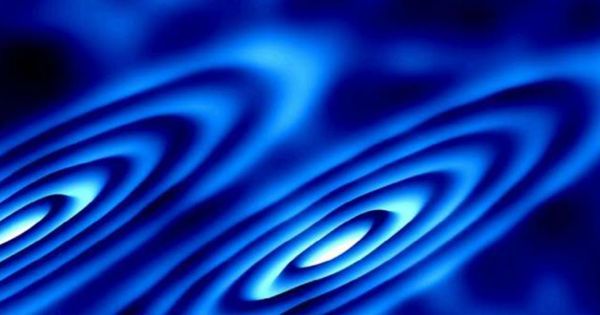
Luv this!
In Brief:
New developments from Princeton University and the University of Texas-Austin have revealed odd behavior in electrons that could lay the foundation for a new generation of faster microchips, according to a study published in Science.
Electronic systems react in different ways depending on surfaces they’re exposed to, and the study demonstrated when electrons on crystal bismuth are kept at very low temperatures, they spontaneously travel in identical elliptical paths.